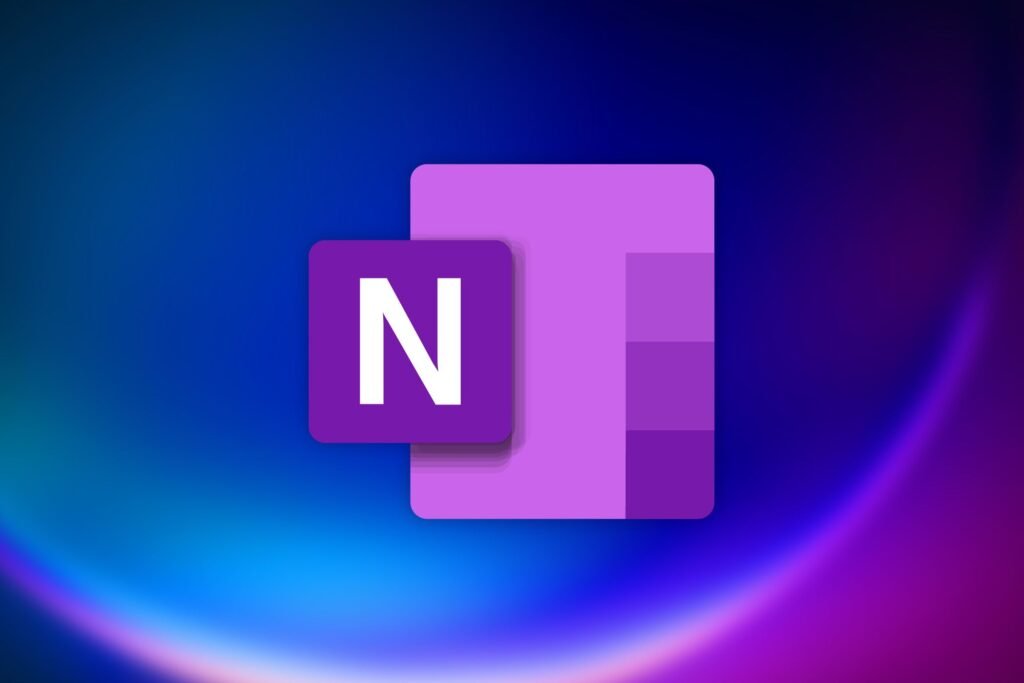OneNote has undergone steady improvements over the past year as Microsoft consolidates its Windows apps and rolls out more cross-platform features. A convenient feature for ink handwriting has been added to OneNote for Windows.
Microsoft is currently testing a feature that straightens ink handwriting in OneNote for Windows after you’ve finished writing it.Select the written content within the note (tap a line of text or use the lasso selection tool) and select the new[直線化]Select the button. OneNote adjusts the line spacing and other aspects of your handwriting to make it easier to read. However, the words are not converted to text by his OCR. It just makes the text a little more organized.
Microsoft said in a blog post: It also improves the readability of the ink in your notes without sacrificing your handwriting style or personality, and is a great way to quickly clean up your notes before rereading or sharing them. ”
This feature currently does not support correcting individual words, tables, images, formulas, highlighters, or underlines. Also, it only works for languages that use Latin script. Still, it can help make your writing a little easier to understand, especially if you want to share your notes with others.
Straighten functionality is currently only available in OneNote version 2404 (build 17530.20000) and later in the OneNote Beta Channel on Windows. There’s no word yet on when this feature will come to OneNote for Mac, web apps, and mobile apps. This is not included in the older OneNote for Windows 10 application. Microsoft has moved away from its application for more than two years and is integrating its functionality with its standard OneNote app.
There’s no estimated schedule for when the “Straighten” feature will roll out to everyone, but it’ll probably be within a few weeks at the earliest. Microsoft is also continuing to test a new Sticky Notes app for Windows 11 that integrates with OneNote, a loop component and support for new multi-tap gestures for ink selection.
Source: Microsoft 365 Insider Blog

